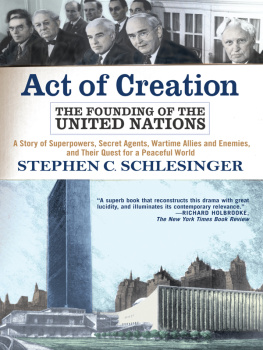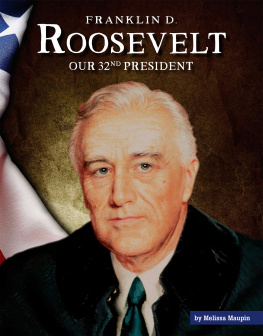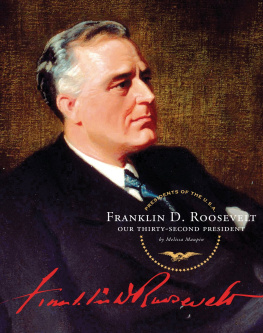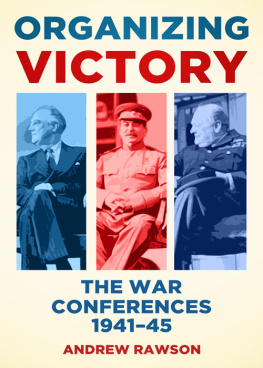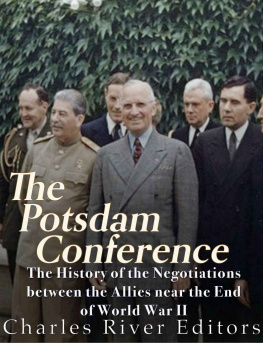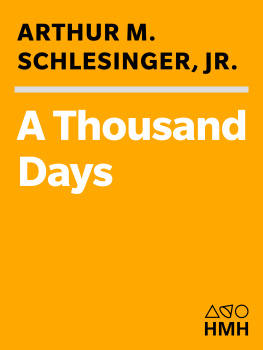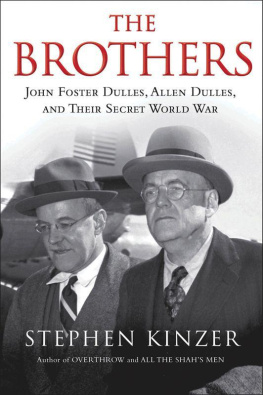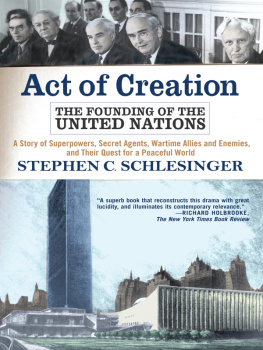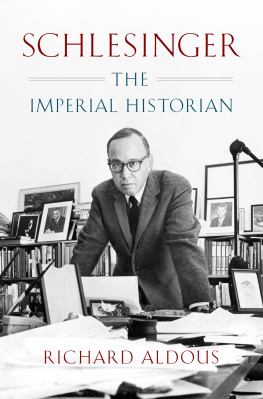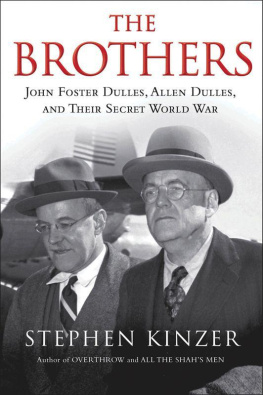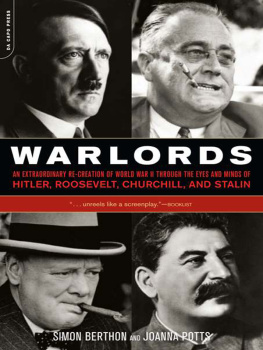Scrupulously researched, filled with new information and penetrating insights, Stephen Schlesingers Act of Creation is an immensely valuable contribution to our understanding of one of the pivotal events of the twentieth century: the creation of the United Nations. Act of Creation is an outstanding work of history that provides a much-needed context in which to view the great issues of our time.
Robert A. Caro
This is the right book at the right time, the story of a great American achievement, the creation of the United Nations. People in power now would do well to learn from their predecessors who were able to make a new and better world.
This long-awaited book provides unique insights into the colorful characters and fascinating processes behind the founding of the United Nations.
Shashi Tharoor, Under-Secretary-General for Communications and Public Information, The United Nations
ALSO BY STEPHEN C. SCHLESINGER
The New Reformers:
Forces for Change in American Politics (1975)
Bitter Fruit:
The Story of the American Coup in Guatemala
(with Stephen Kinzer, 1982)
ACT OF CREATION
The Founding of the United Nations
A Story of Superpowers, Secret Agents, Wartime Allies and Enemies, and Their Quest for a Peaceful World
STEPHEN C. SCHLESINGER
All rights reserved. Printed in the United States of America. No part of this publication may be reproduced or transmitted in any form or by any means, electronic or mechanical, including photocopy, recording, or any information storage and retrieval system, without permission in writing from the publisher.
Copyright 2003 by Stephen C. Schlesinger
Hardcover edition first published in the United States of America in 2003 by Westview Press, A Member of the Perseus Books Group. Paperback edition first published in 2004 by Westview Press.
Find us on the world wide web at www.westviewpress.com
Westview Press books are available at special discounts for bulk purchases in the United States by corporations, institutions, and other organizations. For more information, please contact the Special Markets Department at the Perseus Books Group, 11 Cambridge Center, Cambridge, MA 02142, or call (617) 2525298, (800) 2551514 or email .
The Library of Congress has cataloged the hardcover edition as follows:
Schlesinger, Stephen C.
Act of creation : the founding of the United Nations : a story of superpowers, secret agents, wartime allies and enemies, and their quest for a peaceful world / Stephen Schlesinger.
p. cm.
Includes bibliographical references and index.
ISBN 0-8133-3324-5 (hbk. : alk. paper)
1. United NationsHistory. I. Title.
JZ4986.S358 2003
341.23'09'044dc21
2003014600
ISBN 0-8133-3275-3 (pbk.: alk. paper)
eBook ISBN: 978078672970
The paper used in this publication meets the requirements of the American National Standard for Permanence of Paper for Printed Library Materials Z39.481984.
Text design by Brent Wilcox
Typeface used in this text: Apollo MT
10 9 8 7 6 5 4 3 2 1
To my mother and my father
They performed a great task of creation.
ADLAI STEVENSON
Chicago Bar Association
June 28,1945
ACKNOWLEDGMENTS
This book had a lengthy gestation period. I first began to contemplate it when I read a New York Times story dated August 11, 1993, revealing that the United States had undertaken spying at the founding conference of the United Nations in San Francisco in the spring of 1945. The disclosure had come about almost incidentally to a Freedom of Information request by the historian Gar Alperovitz seeking information from the National Security Agency about Americas decision to drop the atomic bomb. Although Mr. Alperovitz did not pursue the U.N. angle, I had had a long-standing regard for the United Nationsespecially its origins. So this new information especially piqued my curiosity. I divined that, as far as the creation of the U.N. was concerned, surely there had to be more to the tale than just the U.S. surveillance activities.
I made my decision to write this book based on the Times piece. My first step was to get hold of the recently released Alperovitz documents. I wrote to the National Security Agency in early fall 1993, and promptly received about 627 pages of information detailing the operations of our nations army agents in surreptitiously following the preparations of other nations for the San Francisco Conference. Much of the information was blacked out for security considerations, but enough of it was still readable to allow me to gain a broad understanding of how extensive and meticulous was the gumshoe work that went on in that California city.
Concomitantly, I began to spend my lunch hours when I worked for Governor Mario Cuomo in offices in Times Square at the nearby New York Public Library. I commenced to search the computerized files for all the books that had ever been written about the San Francisco Conference. I discovered that there was not one full-length account of that historic event anywhere in the collection. This redoubled my fascination with the topic. Soon, I compiled a list of works that at least touched on the meeting or devoted some portion of their text to evaluating the proceedings. Meanwhile, I began Xeroxing all the New York Times articles about the two-month conference running from April 25, 1945, to June 26, 1945. I was especially respectful of the Times coverage since the principals at the conclave talked at their daily gatherings almost exclusively about what the Times was saying.
The copying assignment at the New York Public Library turned out to be a mammoth one. I became an expert in how to handle microfilmskillfully inserting the round cartridges in cranky old machines and threading the spools, arranging the film so that it unwound in the right chronological direction, peering at page after page to assay the San Franciscorelated articles, and carefully photographing the appropriate pieces. It was a laborious taskbut over the period of about six months, I managed to accumulate the entire public story of the conference; this gave me a real sense for the first time of how crises erupted and died away at San Francisco, of the constant flow of commentary and analysis that influenced events, of who was or wasnt a key figure at various public sessions.
In due course, I also supplemented my research with the private notes of the participants at two libraries, the Truman Presidential Library and the Stettinius Archives at the University of Virginia. Although I was not able to visit either personally, through the genius of our technological age, I made use of these repositories though Xeroxes, faxes, Fed-Ex, e-mails, and phone calls. At the first institution, the Truman Presidential Library in Independence, Missouri, Archivist Dennis Bilger was of particular help to me in arranging for me to receive documents relating to Trumans involvement in the San Francisco event. Later at the University of Virginia in Charlottesville, Virginia, Mr. Gregory Johnson, who works in the Albert and Shirley Small Special Collections Library, was of estimable assistance in gaining me access to hundreds of reports, memoranda, and telephone summaries generated by Stettinius and his staff. Ms. Vesta Lee Gordon undertook the actual research into the Special Collections Library to harvest these documents for mea wonderful achievement and an important contribution.

